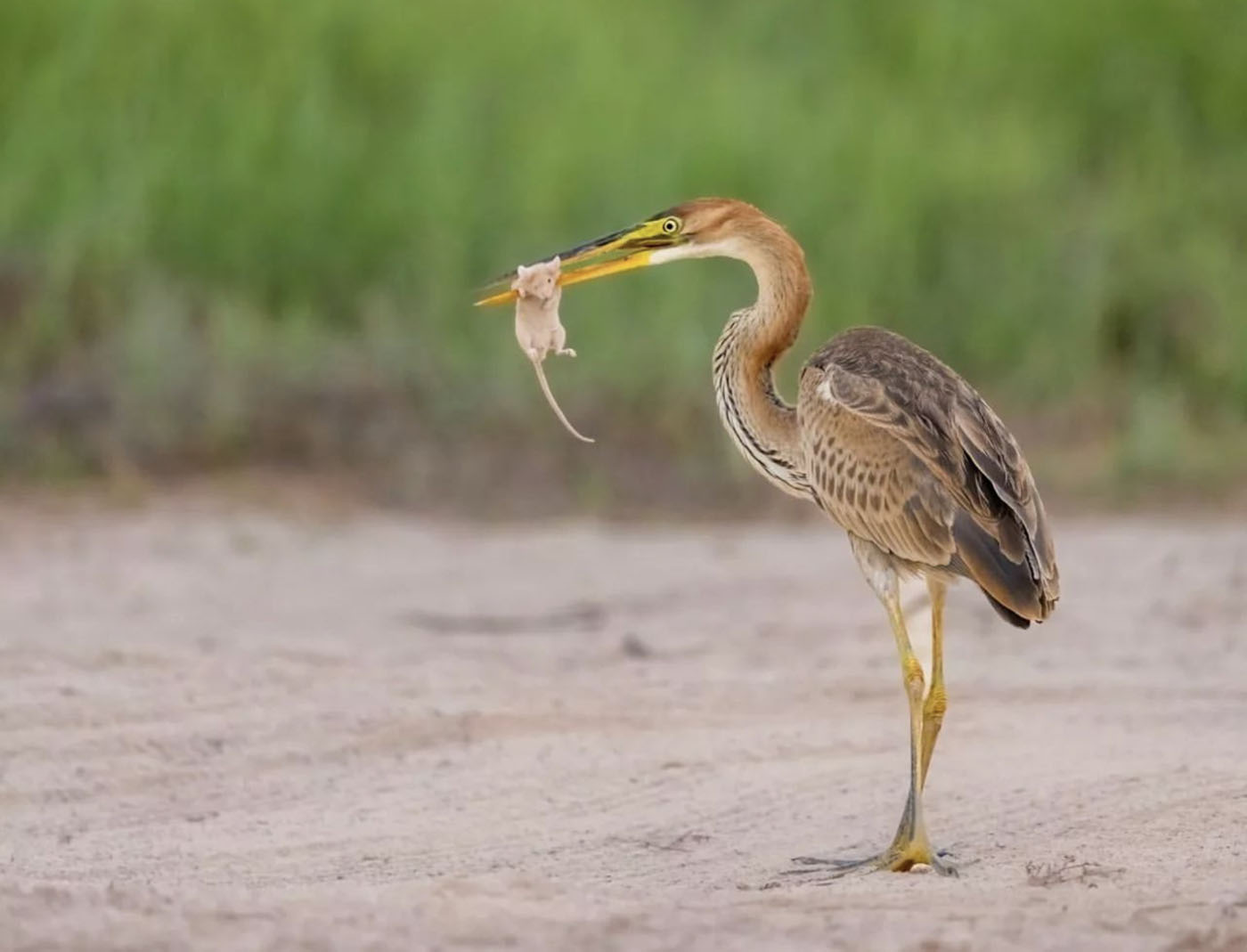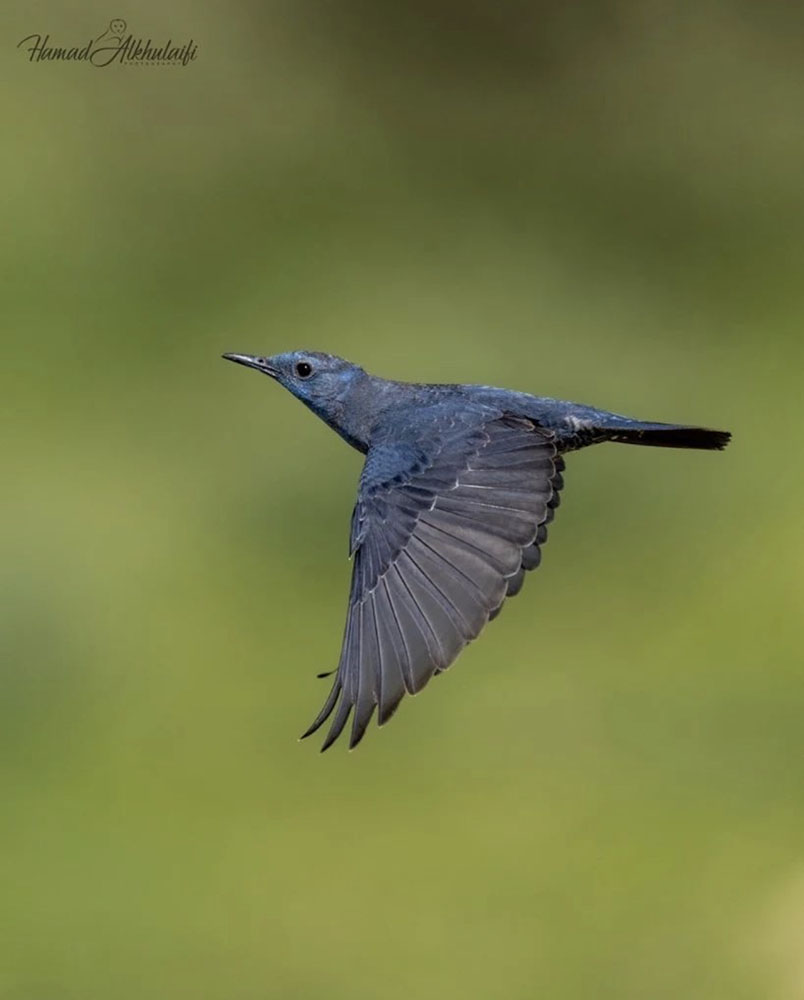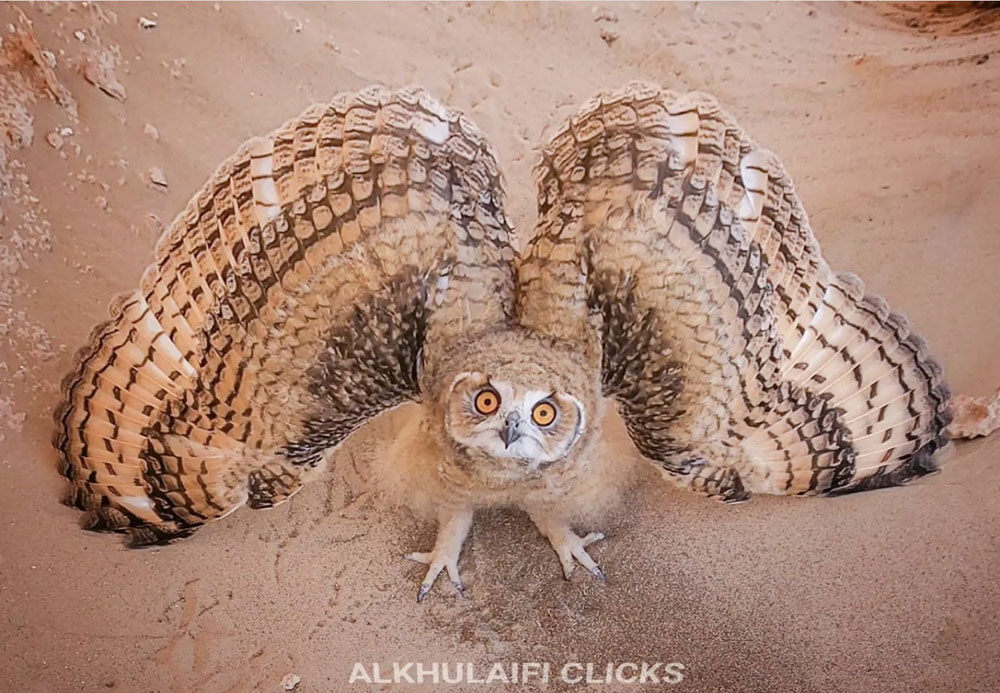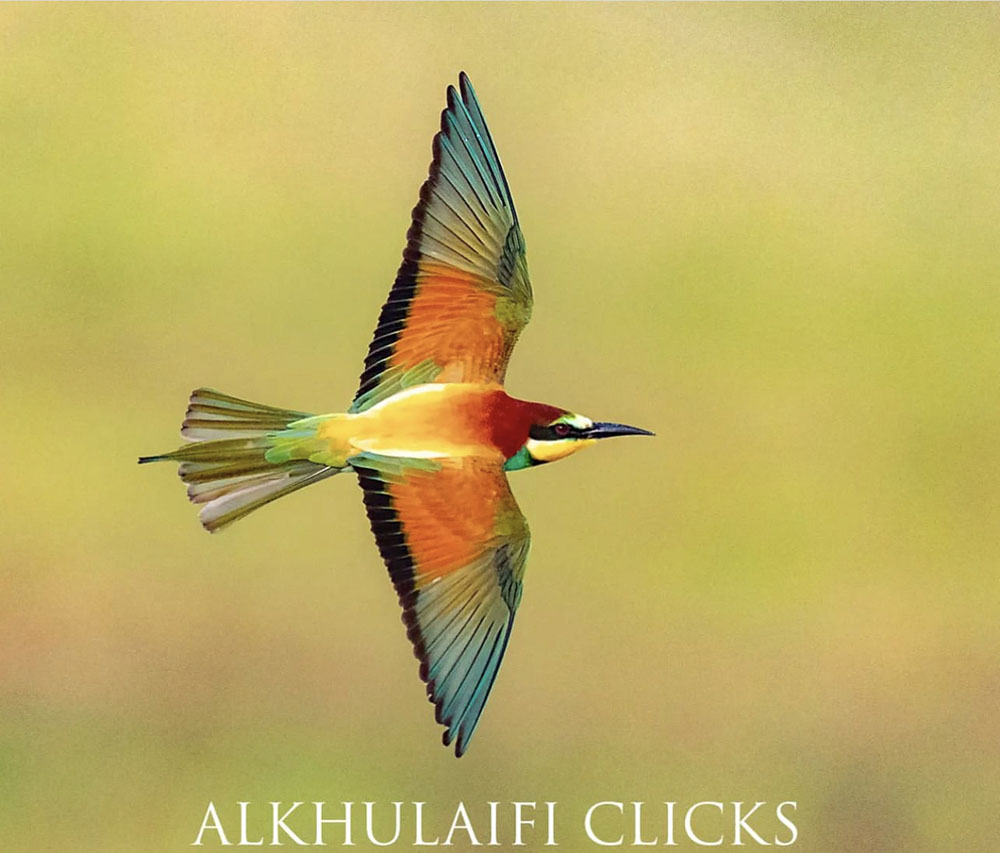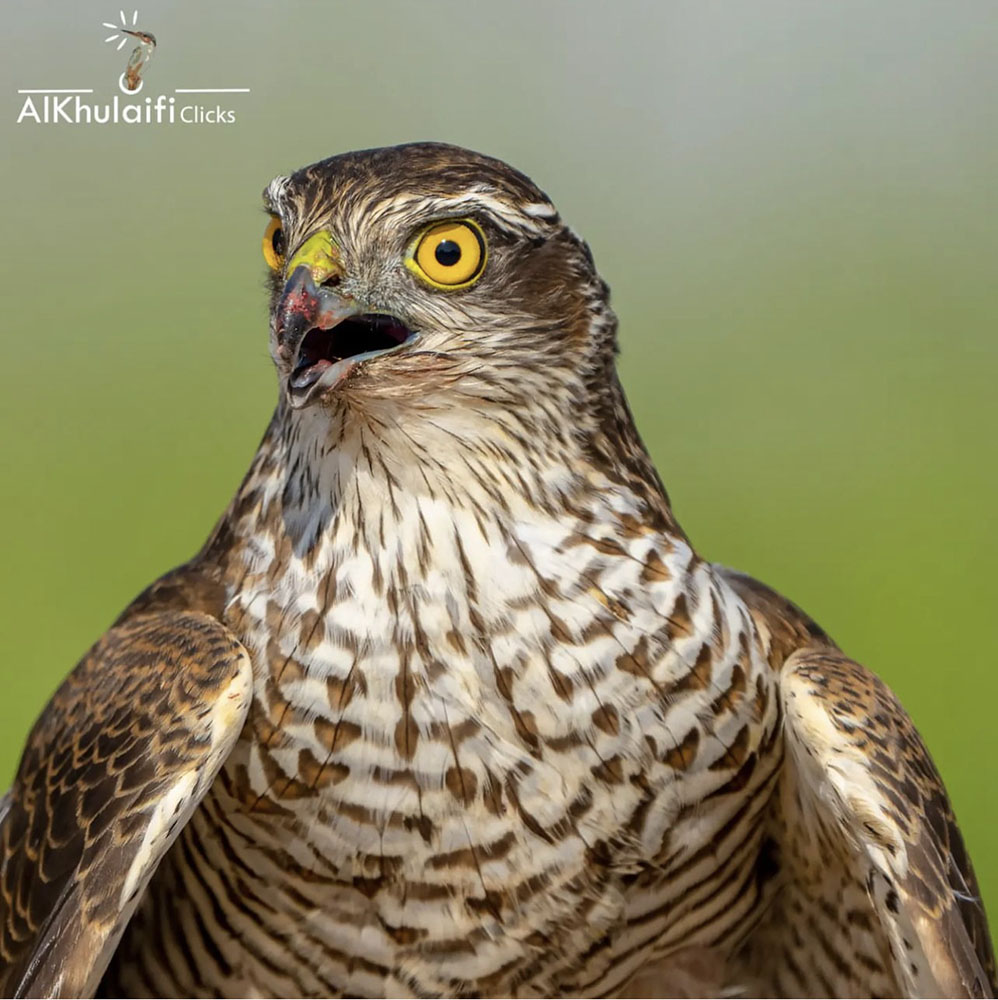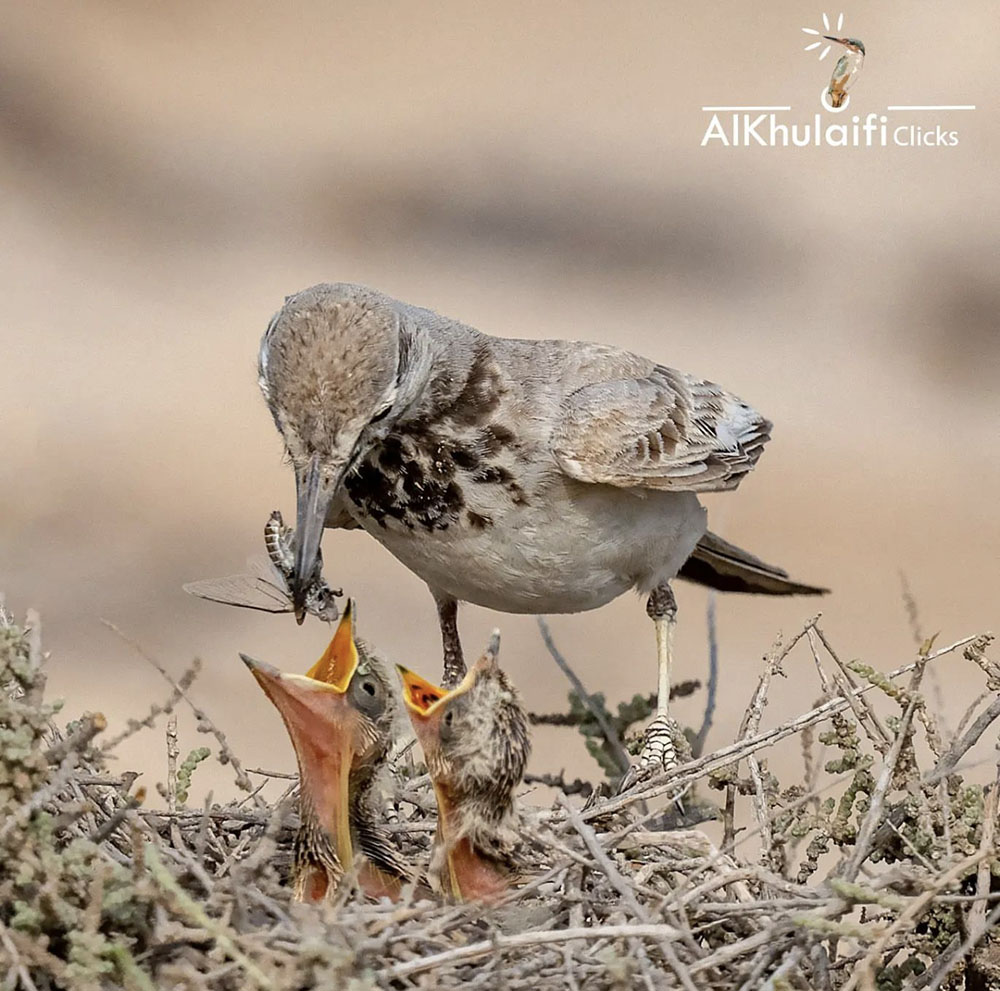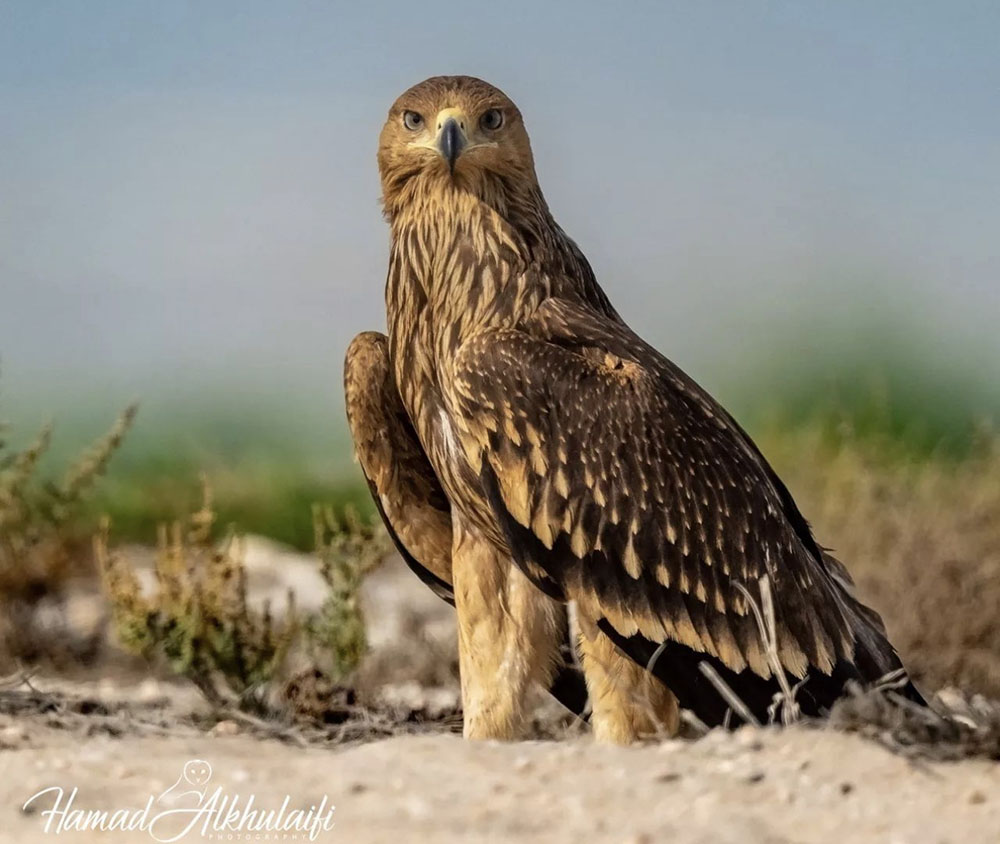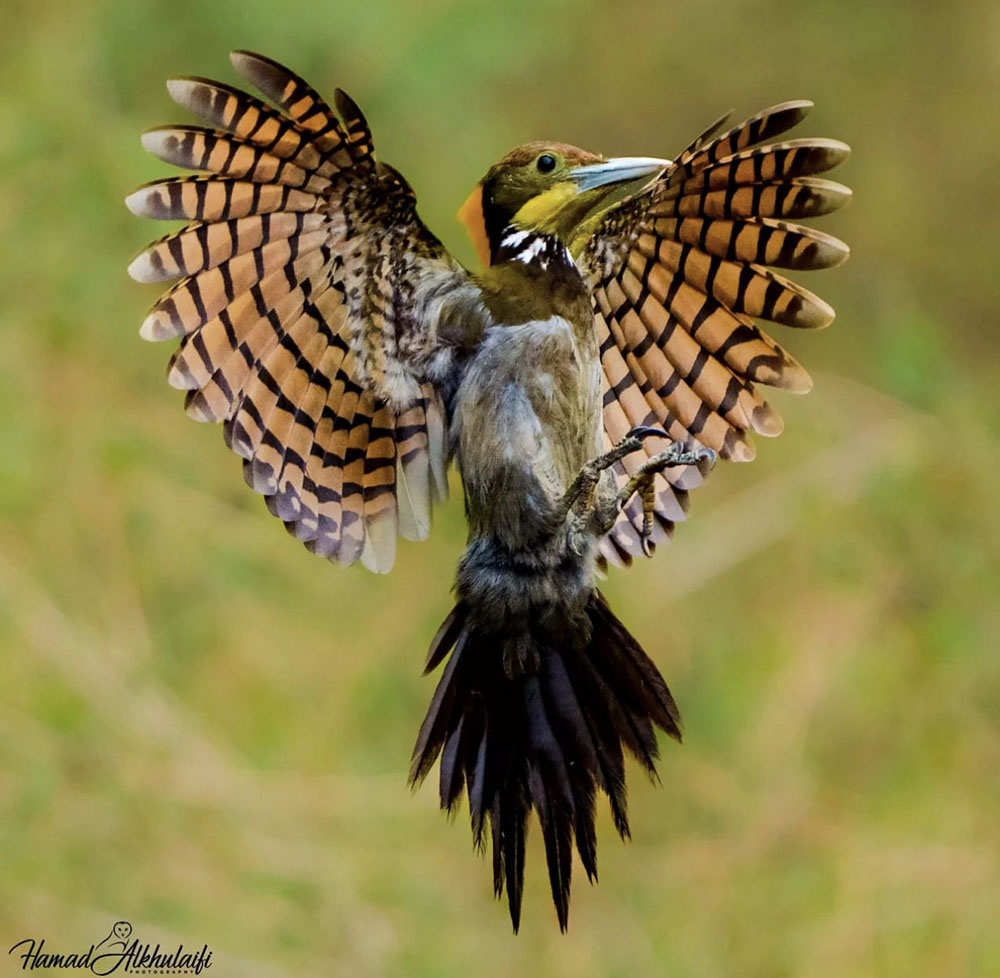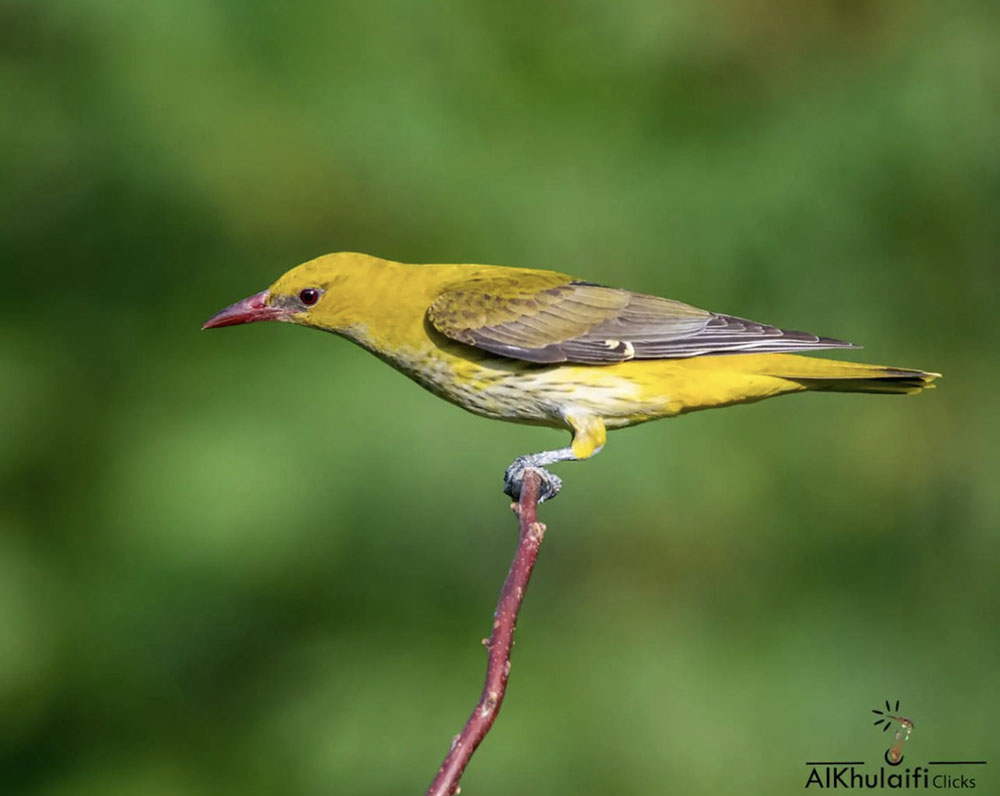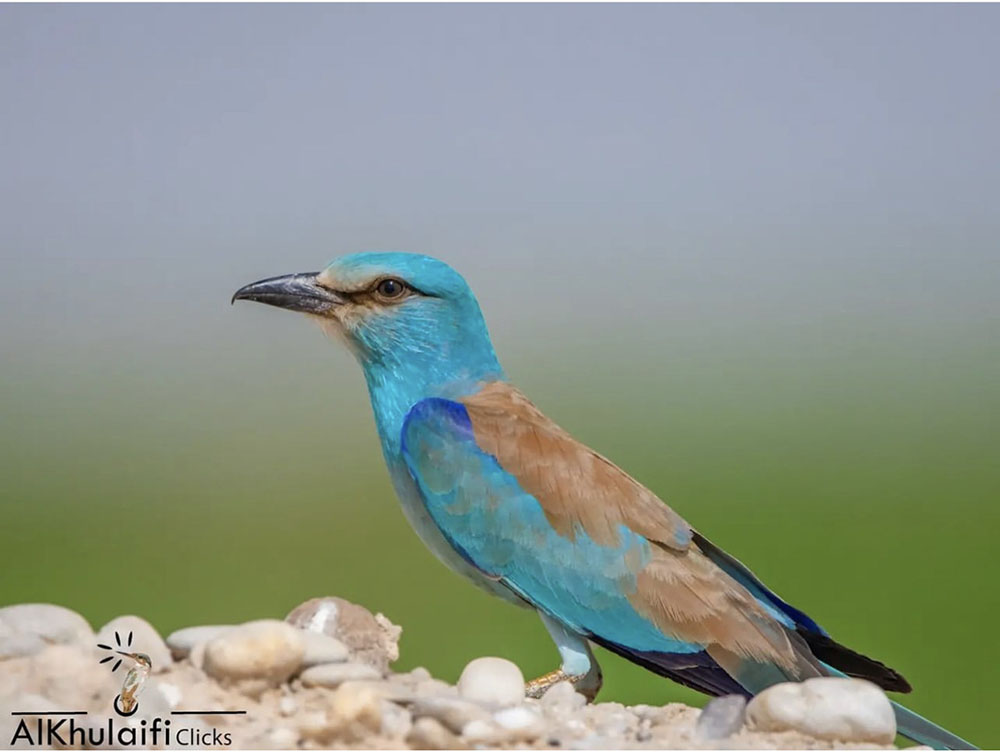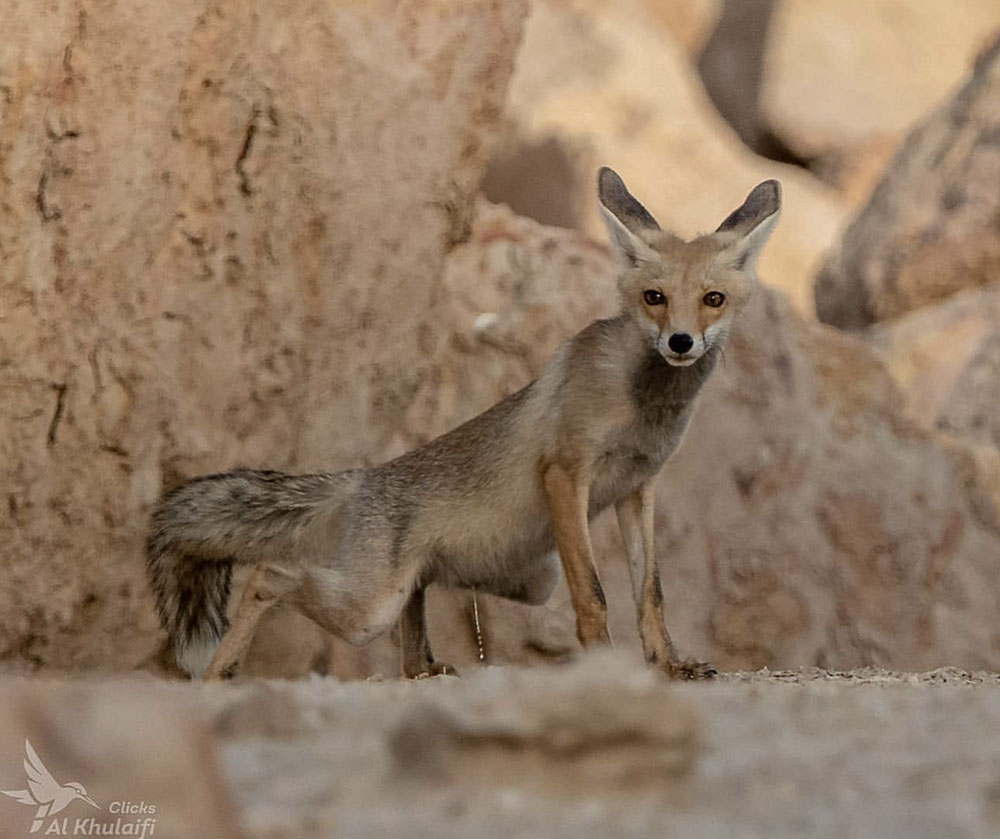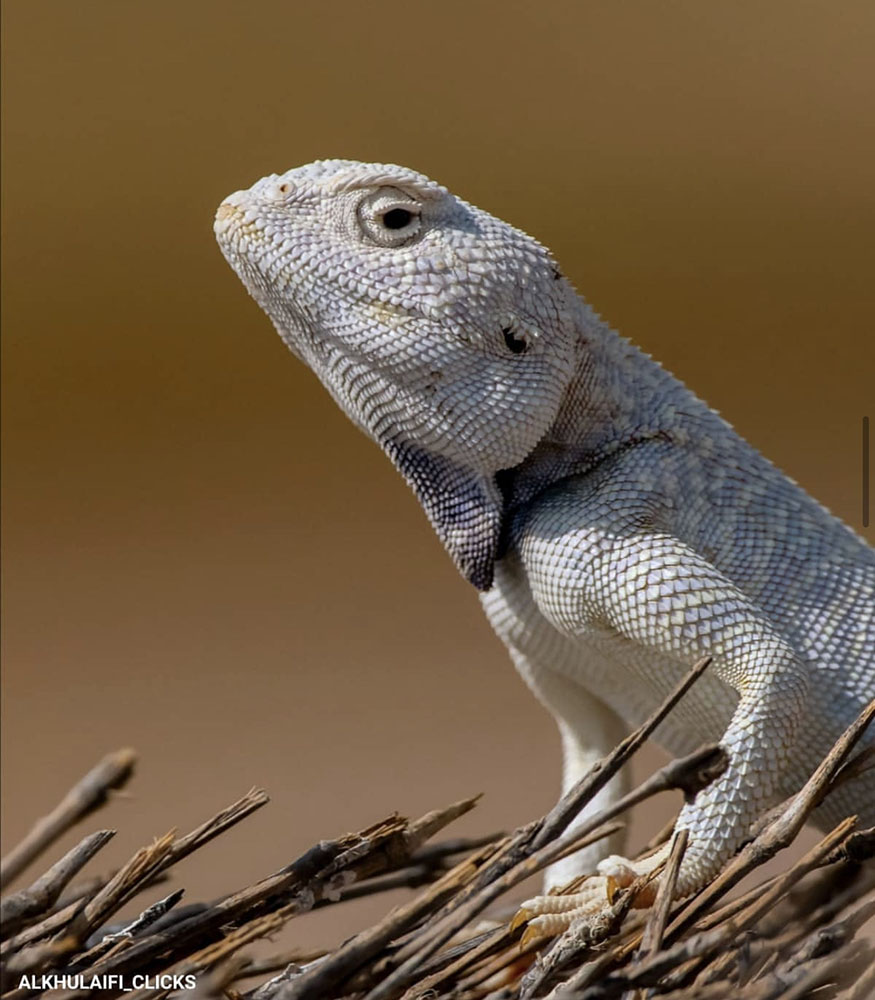Staff Report
Qatar is one of the hottest countries in the world, with summer temperatures above 50 degrees Celsius. It is the only country in the world with no natural-standing fresh water where more than 90% of its land surface is saline, making it inhospitable to all but the most halophytic of plants. And yet despite all that, it is where just under 400 species of birds can be found, a number of which are present throughout the year, while others fly in during the cooler winter months or pass through the country during spring and autumn migration.
Qatar has traditional links to falconry, and it is the natural habitat of more than half a dozen species of falcons. The Peregrine and Saker Falcons are conventionally trapped, tamed, prepared for the traditional sport, and sold at falcon markets for prices ranging from 30,000 to over a million Qatari riyals (approximately €250,000).
Sightings of rarer bird species who wander off their flight path — likely due to climate change, drought, and the melting snow in the Arctic — such as the white quail (native to South Asia and Europe) and the Brown Griffin (sighted in Qatar in 2021 and 2022) have also been documented. Migratory birds gather in the mangroves on the northeastern coast, while dugongs and hawksbill sea turtles patrol fields of seagrass underwater.
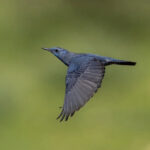

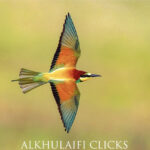
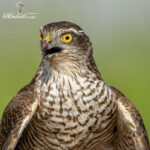
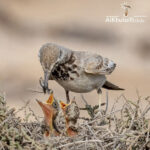
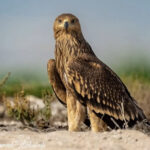
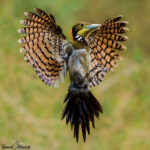
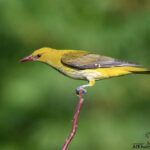
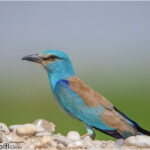
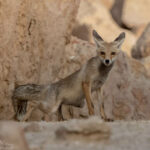
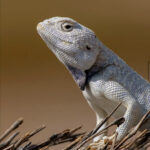
Hamad Al Khulaifi is a wildlife photographer, environmental researcher, trainer in environmental culture, and the founder of Environmental Lens, in which a team of bird watchers visit farms and reserves and photograph birds to register the name of the bird, its shape, location and time of sighting into a database at the Qatari Ministry or other international organizations. He has devoted years to documenting the wildlife of Qatar, once reportedly spending two years in the wild to document a Pharaoh Eagle-Owl. The stockpile of images on his social media platforms — Instagram and Twitter — also include photos of birds from Turkey and northern India, where 1,200 species of birds reside, and where he was able to photograph 180 species in a single day.
Al Khulaifi’s interest in documenting Qatar’s wildlife began in 2017 with the aim of capturing animals’ movements in a uniquely artistic style that would allow each photo to tell its own story. Khulaifi’s photos manage to capture the distinctive environment of Qatar, which is home to Asiatic jackals, Cape hares, horned vipers, spiny-tailed lizards, long-legged desert hedgehogs, red foxes, sand cats, striped hyenas, Arabian sand gazelles, Wagner’s gerbils, and the Arabian Oryx.
An accomplished author and winner of several photography and videography awards, Al Khulaifi was the chief operating officer at QatarGas and is currently the president of the Qatar Society of Photography. His documentary film Pearl Bank (2017) highlighted the diving site Hair, where the country’s famous large natural pearls were first discovered. His most recent documentary, Pearls in the Sand (2022) is one he began work on just after Qatar was announced as host of the 2022 FIFA World Cup. The film highlights how the country’s resources of pearls and gas, which brought it great wealth and led to the rise of skyscrapers, irrigation systems, and traffic networks have also contributed to its rapidly changing habitats and animal behaviour. All this in a parched peninsula situated on one of the world’s warmest seas in a small desert state.



